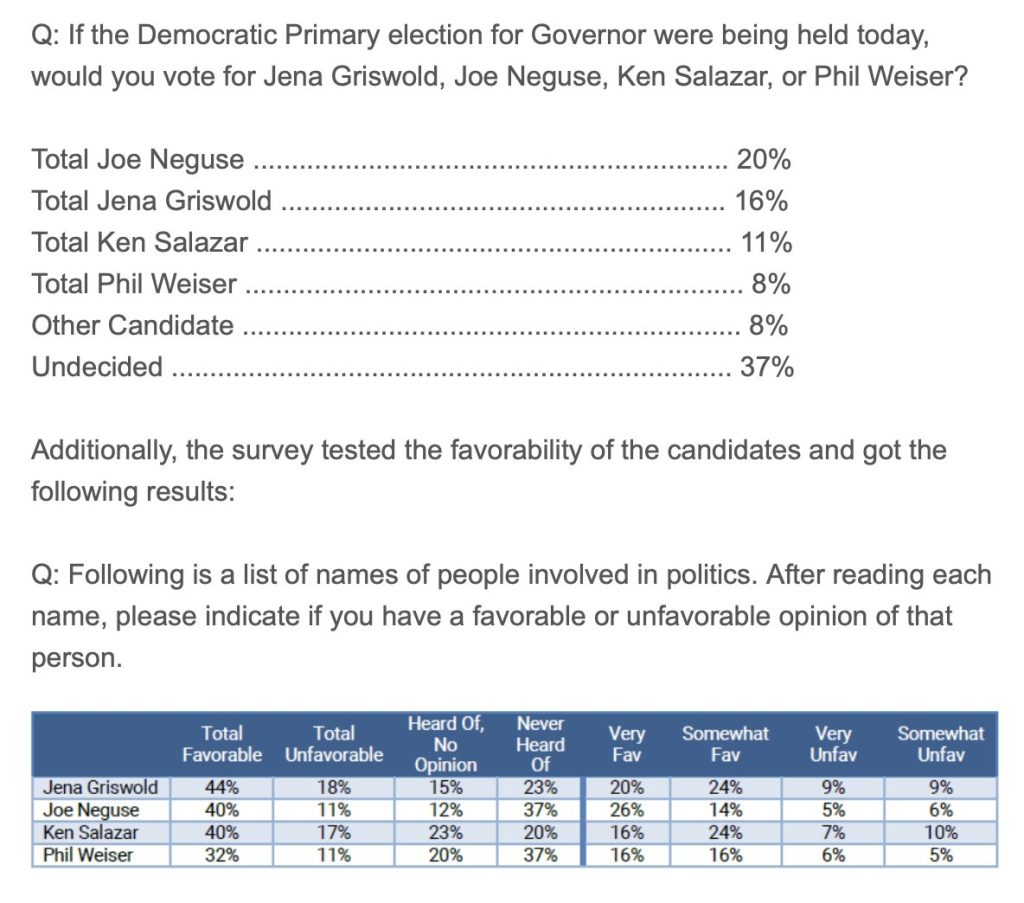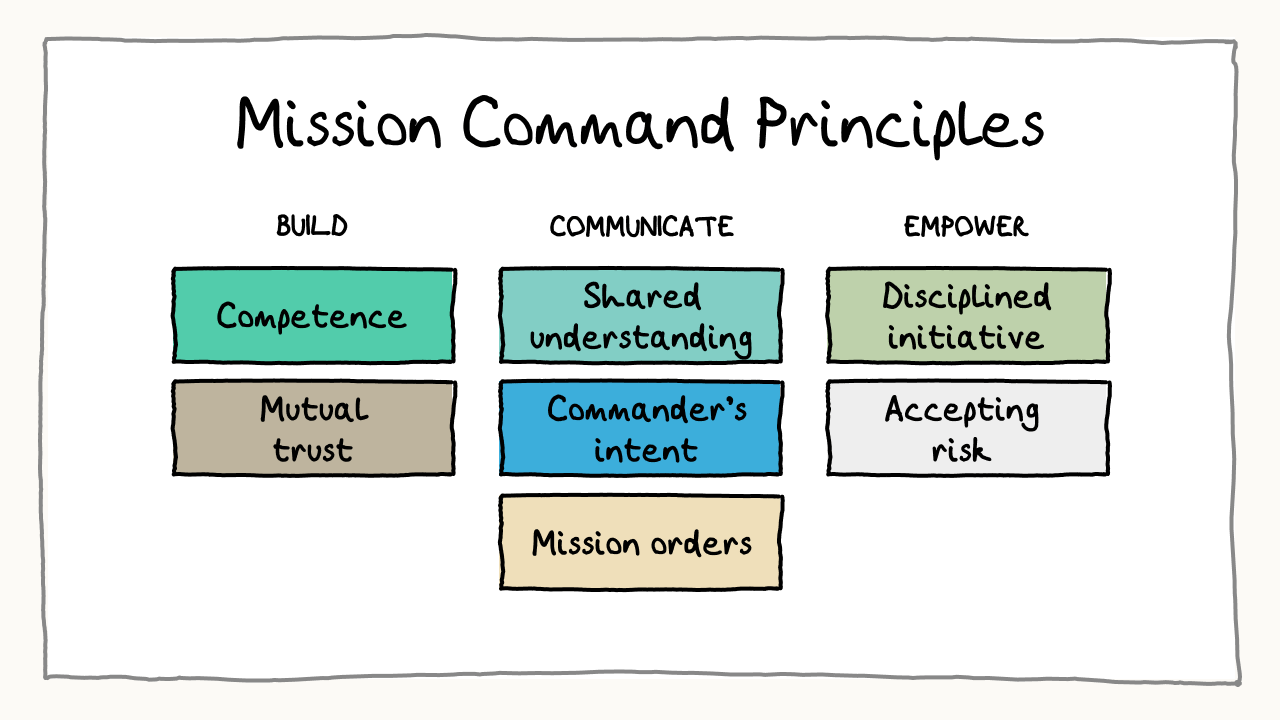Landing a good deal requires more than tactics. The right mindset and positioning are key to getting what you want. As a CEO coach, I’m brought in to support CEOs on high-stakes negotiations such as complex funding rounds, co-founder...
Landing a good deal requires more than tactics. The right mindset and positioning are key to getting what you want.
As a CEO coach, I’m brought in to support CEOs on high-stakes negotiations such as complex funding rounds, co-founder departures, equity negotiations, M&A and even CEO compensation.
They start by describing what the other party is asking for—often in a frustrated tone. “Dave, I’m not sure how to respond,” they say.
If you find yourself in a tough negotiation, concerned about the demands the other side is making, read on. It might be a sign you’re being out-negotiated.
In this piece, I’ll share my negotiation playbook to help you build confidence in finding a win-win agreement.
Is ‘win-win’ the right strategy?
A 'win-win' strategy is simply when the goal is both sides getting what they want. It's such a commonly used term that you'd be forgiven for thinking every negotiation should be a 'win-win' one.
The strategy you choose depends on the importance you place on the outcome and the relationship.
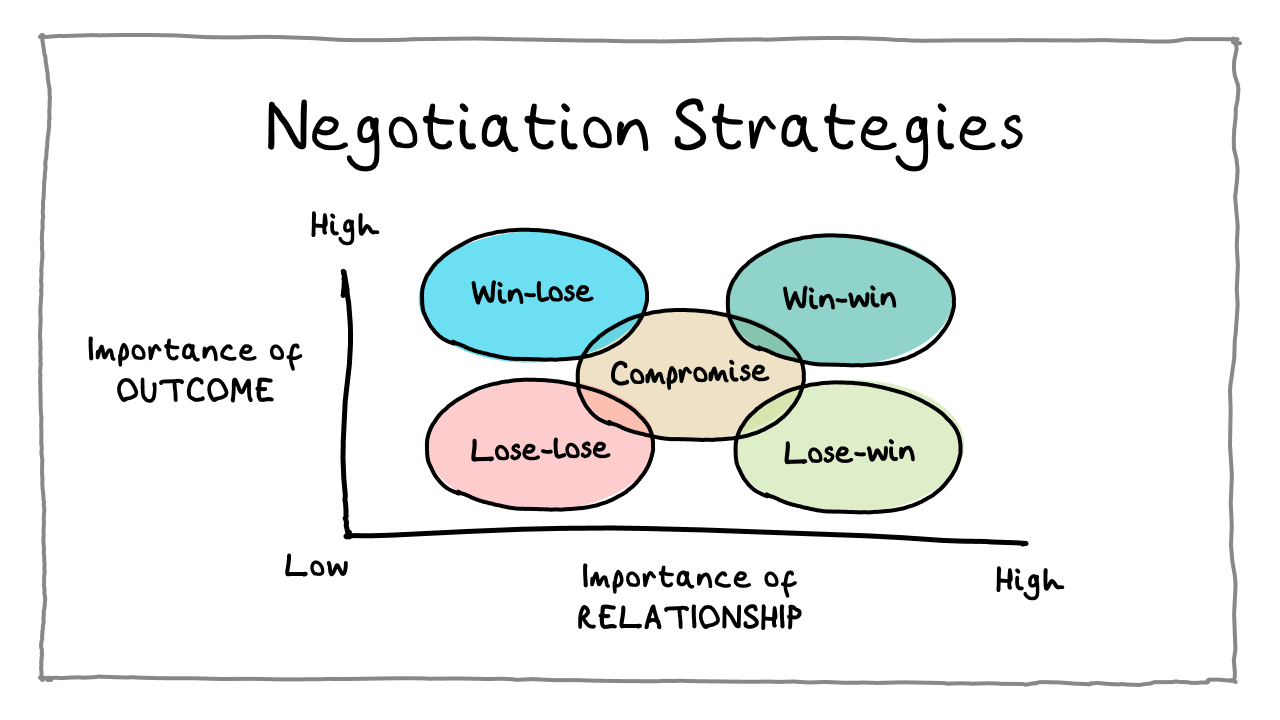
There are five different types of negotiation strategies:
Win-lose: “win at all costs” Lose-win: “take one for the team” Lose-lose: “share the losses” Win-win: “collaborate to find the best solution” Compromise: “split the difference”The negotiations that matter most in business often place high importance on both the outcome and the relationship. This is when ‘win-win’ (or cooperating in the prisoner’s dilemma) is the best strategy.
This brings me to a critically important principle:
Separate the person from the issues
This is easy to say but hard to do. When you really like someone, you might have a tendency to accommodate them on issues too quickly (lose-win). If the issue is extremely important to you, you might find yourself getting pushy if the other person doesn’t give in (win-lose).
Separating the person from the issue means not getting offended when they ask for what they want. That’s their prerogative. Always remember that if what they want isn’t a win for you, you don’t have to accept it.
Adopt the Buyer Mindset
We all know the ability to walk away gives you power in a negotiation. However, it also changes how you behave in the negotiation too. I call the mindset that drives these behaviours the ‘Buyer Mindset’.
Imagine you go to a shop to buy a peach. The shop owner tells you he’s out of peaches, but keen to make a sale, he offers you some fresh plums instead. What would you do?
In this scenario, you're likely to adopt the Buyer Mindset and:
Focus on your acceptance criteria Ask questions to inspect and approve the offer State what you want without justification Remain open to better options, in or outside the negotiation See your decision as criticalIn contrast, the shop owner is likely to adopt the ‘Seller Mindset’. People with a Seller Mindset react to the buyer and:
Focus on the buyer’s acceptance criteria Answer the buyer’s questions and hope for approval Feel the need to justify and explain themselves Focus on the deal as if it was the most important thing on Earth See the buyer’s decision as criticalThe Buyer Mindset places you as the dominant party. You ask the questions, you assess the offer, and you make a call.
If you want to achieve a great deal in your negotiation, always be the buyer.
You don't have to be handing over money to have the Buyer Mindset. Economic sellers can embody the Buyer Mindset too. The management consultant applying to Stanford Graduate School of Business has the money, but Stanford sets the acceptance criteria, asks the questions and makes the decision. Stanford has the Buyer Mindset.
Four Steps to a Win-Win
If you value both the relationship and the outcome, you’re willing to separate the person from the issues, and you’ve put on your Buyer Mindset, the following four steps will lead you to a win-win agreement:
Step 1: Prepare Step 2: Position (or reposition) Step 3: Package Step 4: Put Pen to PaperLet’s begin!
Step 1: Prepare
To find a win-win solution, you need to understand your interests and the interests of your counterpart. Even if you’re part way through a negotiation, it pays to go through the following preparation.
To help pick apart the different aspects, I created the Negotiation Canvas™? to help you organise your thoughts.
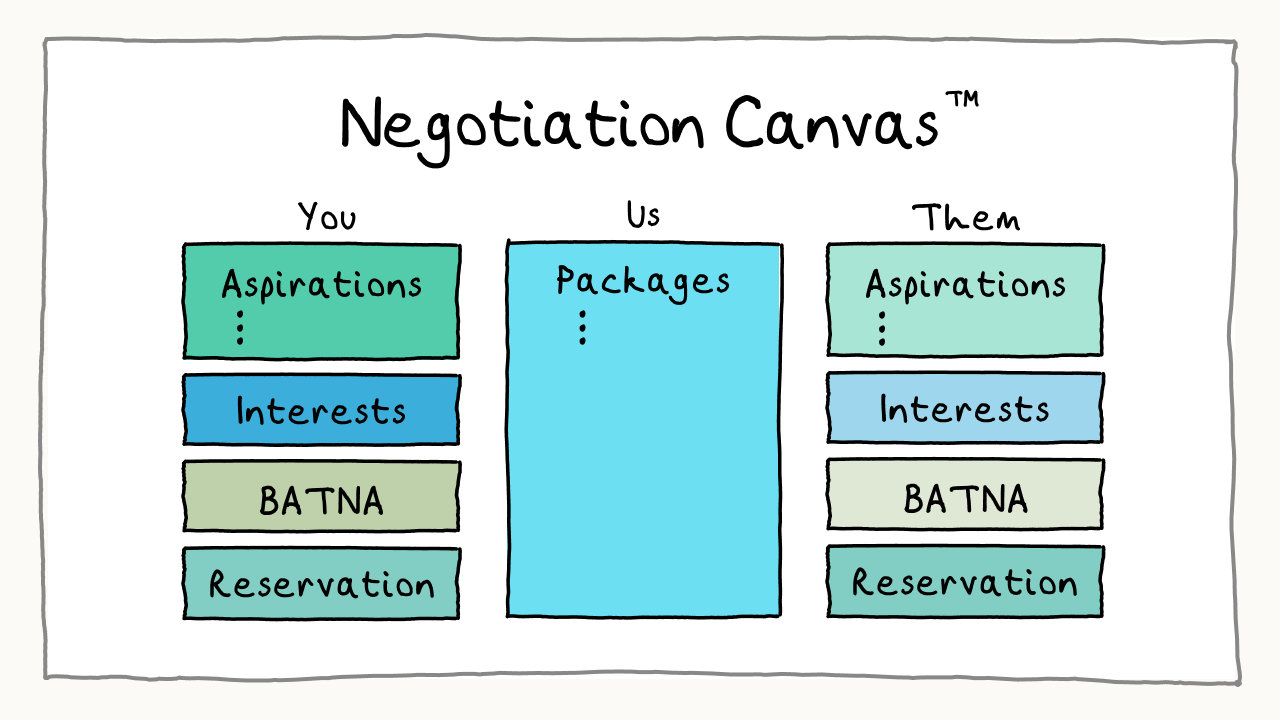
1. What is your aspiration?
Your aspiration is a positive and optimistic outlook on what you want from the negotiation. List out all the issues related to the negotiation and write out your aspiration for each. Challenge yourself to be as comprehensive as possible, as this may be helpful later.
2. What are your underlying interests?
Your interests are what drive your aspirations. In other words, aspirations are simply strategies to get what you really want. Clarifying your underlying interests can often reveal alternative strategies to achieve them.
3. What is your BATNA?
“If you can’t walk away from a negotiation, then you aren’t negotiating. You’re just working out the terms of your slavery.” — James Altucher
BATNA stands for ‘best alternative to a negotiated agreement’, and there are always alternatives.
I once coached a late-stage CEO funded by an investor with a reputation for firing CEOs on a whim. Under the terms of his stock option agreement, he wouldn’t be able to afford to buy the options if he was fired. He’d effectively lose everything—and this caused a lot of anxiety.
Plagued by chronic stress, we took a session to explore his BATNA—leaving the company. After analysing his opportunities outside the company, the CEO realised he stood to earn as much leaving the company as staying with the current terms. This mindset helped him secure a far stronger position in the negotiation.
When one door closes, another one opens.
4. What is your reservation point?
In a win-win negotiation, the goal is not to get a deal. It’s to get a good deal—which is at least as good as walking away. Your reservation point is the point at which it doesn’t matter when you choose the deal or your BATNA—the value is equivalent to you. Think of it as your minimal acceptance criteria.
5. How can you package a good deal?
A package is a set of terms that could work for both parties—and there may be multiple options. From your perspective, a great package is one that’s as close to your aspiration as possible. I’ll go into more detail in the next sections.
In a negotiation, information is an advantage.
Take time to clarify your side of the Negotiation Canvas™?, and work out what your counterpart might put in their side. During the negotiation, you’ll learn more and update the Canvas™?. You might also seek information independently—for example, speaking with your counterpart's colleagues, partners, and even mutual friends.
I recently spoke with a VC who checked a founder’s social media before making an offer. He found out the founder’s favourite dessert—which accompanied the term sheet that followed. The founder ended up accepting—it seems that dessert may have sweetened the deal.
Step 2: Positioning
By now, you should have a lot more clarity over what you want from this negotiation. However, before making your ask, it’s often worth taking time to position yourself.
To maximise the chance of getting a good deal, you want to focus the other party’s attention on three things:
The value of a long-term relationship with you: Highlighting the value of a long-term relationship with you can increase the likelihood of them choosing a win-win strategy too (rather than a win-lose from their perspective). Your aspirations and why they are reasonable: Stating what you want—particularly if you can support it with a good argument—increases the chance you’ll get it. Objective criteria such as market benchmarks or comparables can make it harder to reject. The ideal response from your perspective is: “that sounds reasonable”. Their interests and alternatives: Asking about their underlying interests and alternatives—and the drawbacks associated with those alternatives—can surface information that helps you later. Empathising with their situation may help them feel more comfortable sharing information with you.Your optimal strategy is to focus on your aspirations, while getting them to focus on their reservation point.
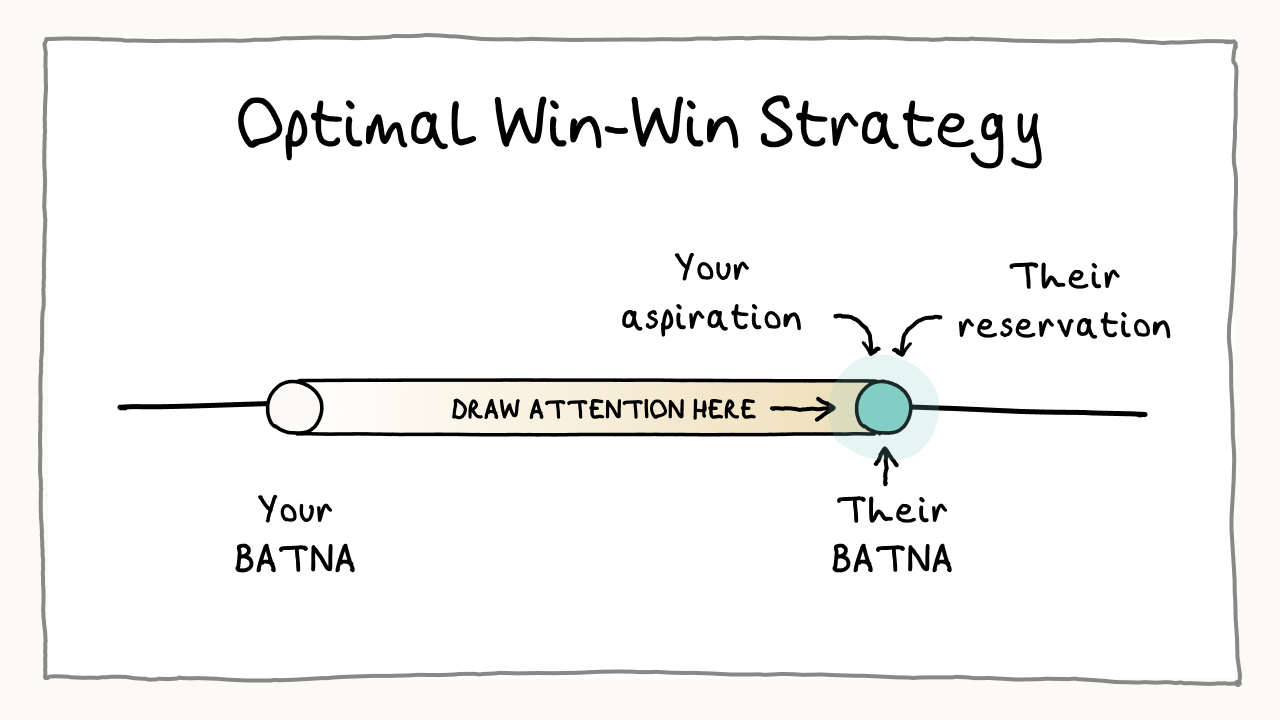
Let’s return to the example in the introduction. The CEO brings up the other party's aspirations, which would have anchored the entire discussion (had I not refocused the CEO’s attention). That’s the power of positioning.
How should you react if these techniques are used on you?
When the other party focuses on their aspirations, decide whether this is in conflict with one of yours, and draw their attention to the reasons that support your aspiration. At the same time, get curious about their underlying interests.
When the other party asks about your interests, share them—but keep your BATNA and reservation points secret or obscure. If the other party knows your best alternative, they can figure out your reservation point and use it against you.
Here are a couple of ways to deflect questions you don’t what to answer:
‘What makes you ask?’ This surfaces the question behind the question which gives you extra information. ‘I just want to make sure I answer the question you’re really asking.’ ‘It seems like you have a good reason for asking this.’ After using this alternative, be quiet and let them answer.Step 3: Package
If you approach issues one by one, you set up an adversarial situation where there’s a winner and a loser. However, if you group issues together, you can create a package where both parties trade on different issues to get closer to their aspirations. You can think of it as collaborative problem solving.
Often, expanding the range of issues and options can help unlock new solutions. The classic example is the pumpkin.
Imagine three people and one pumpkin. Each wants the pumpkin, so they find a compromise: cut the pumpkin into three equal pieces. The first uses the seeds to make a granola—and throws the rest away. The second uses the meat to make a pie—and throws the rest away. The third uses the skin to make a Halloween lantern—and throws the rest away. If they only knew!
It’s worth noting that it doesn’t have to be you that comes up with all the solutions. You might come up with them together, or you might even clarify the problem and let the other party propose solutions.
However, if you’re designing packages, here are a couple of strategies to increase the chance of a good deal:
Create multiple options. People like to feel they are making a choice—even if it’s as simple as answering “red wine or white wine?” at the dinner table. Use if-then clauses. This can be used to add incentives and penalties that minimise the downside risk of a particular package. For example, if we do need to pull out of the deal, then we’ll pay a symbolic penalty.When building packages, it’s helpful to memorise some phrases you can use:
1. How to ask for what you want
According to negotiation expert Chris Voss, it feels safer to say ‘no’ in a negotiation than to say ‘yes’. As a result, recalibrating the question as one where you want a ‘no’ can drastically improve your odds of success. Here are some examples:
Is it a good idea if…? ? Is it a ridiculous idea to…? Are you in favour of…? ? Are you against…? Would you be able to…? ? Would it be unreasonable to…? Are you still interested in…? ? Have you given up on…? Would you like some feedback…? ? Are you averse to me sharing some ideas?2. How to say ‘no’ to what you don’t want
When negotiating on terms, Chris warns that saying ‘no’ too fast can appear uncollaborative. He offers the following ways to say ‘no’:
How am I supposed to do that? This question encourages your counterparty to empathise with your situation. And if they can’t empathise, that’s a red flag. Your offer is very generous. I’m afraid that just doesn’t work for me. This phrase encourages generosity without committing to a counter-offer.3. How to encourage them to come closer to you:
Roger Dawson’s Secrets of Power Negotiation was the first negotiation book I read and I use many of the phrases to this day. Among my favourites are ways to nudge the other party to get closer to your aspirations without giving away any ground:
Always flinch at proposals: reacting with surprise or sadness gets the other party to rethink this position—and often make a quick concession. “It’s such a shame to throw away all the time we have spent negotiating when we’re only $4K apart.”: I used this gambit to get an investor to split the difference three times with my aspirational valuation.Keeping your emotions in check
Negotiation can bring up lots of emotions, but it’s important to remain level-headed—particularly if you feel anger or excitement.
If you notice your counterpart getting overwhelmed with emotion, it can be helpful to label the emotions: “it seems like you’re feeling angry”. Labelling negative emotions can diffuse them—which is often in your interests as good deals come from positive emotions, not negative ones.
Step 4: Put Pen to Paper
You found a package that makes everyone delighted. However, until the deal is written up and agreed in writing, it’s not a deal.
Always get your deal in writing.
At the moment of reaching an agreement, it’s tempting to shake on it, and assume that you’ll both look back on that moment with the same memory. You will not.
Always get your deal in writing.
If there’s any awkwardness to getting things in writing, you can use a phrase given to me in a recent negotiation: “contracts save friendships”. In my experience, it’s only when things are written down that they become clear.
Always get your deal in writing.
Should men and women approach negotiation the same way?
At Stanford, I was lucky enough to learn negotiation from Margaret Neale. One of Neale’s research areas was the unique challenges and opportunities that women face in negotiations. If you’re female, here are a few findings that may be useful to know:
1. Women tend to ask for less than men
Interesting evidence of this can be found in tennis where male tennis players challenge twice as many calls as female tennis players. In a negotiation, it’s expected that you ask for what you want. Are you asking for everything you want?
2. Women negotiate better than men—when they believe in themselves
In another study, women who were told that “people who are like them negotiate poorly” did significantly worse in their negotiation performance than their male colleagues. However, women who were told that “people like them negotiate well” did significantly better than their male colleagues. Hear it from me: you can do this.
3. Women do well to position themselves as negotiating on behalf of someone else
Women are most effective in a negotiation when they position their asks with a communal orientation.
“Women need to demonstrate their concern for the other [by asking] ‘how will my skills help you, the organisation, my employer, my team, to do better?’” — Margaret Neale, Stanford GSB
Who else benefits when you reach a win-win?
My interest isn’t to pass or comment judgement on why optimal strategies may depend on gender, it’s just to share some findings that can help you get what you want.
A final thought experiment
Imagine a fierce negotiation between my favourite negotiators: Roger Dawson, Chris Voss, and Margaret Neale. Who do you think would come out victorious?
If they put their minds to a win-win negotiation, they would all win. They’d carefully listen to each other’s interests, and collaboratively work out a way to maximise their position without undermining each other.
Prepare, position and package your way to a good deal. And remember… always get your deal in writing.
Originally published 4 Aug 2023





